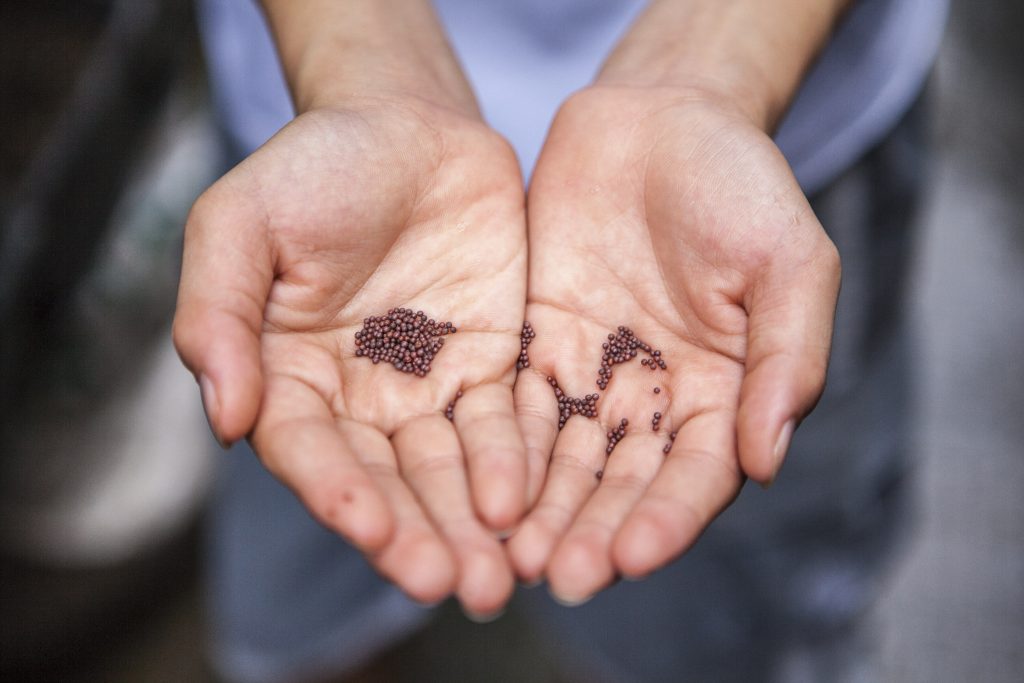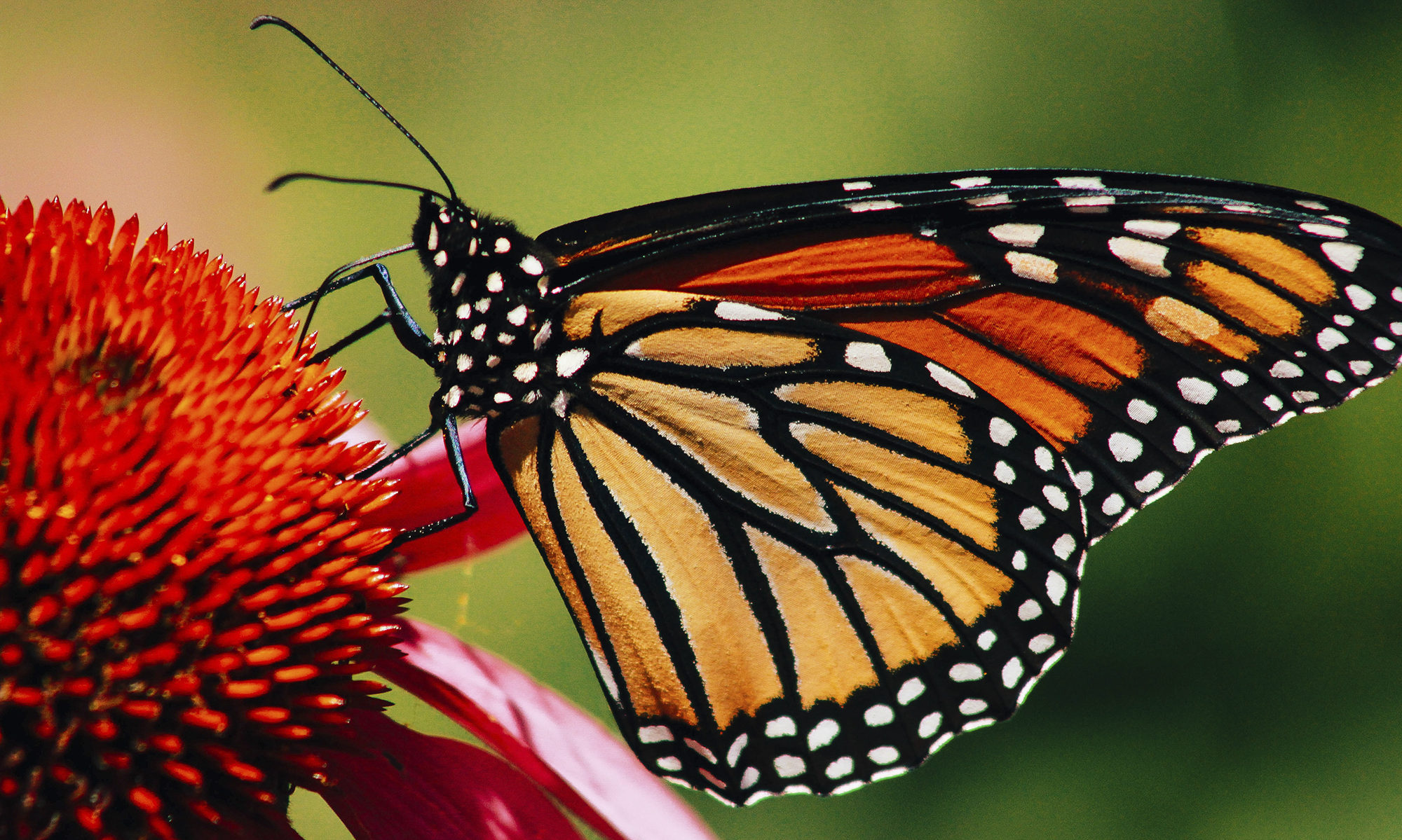The Cedar Valley Monarch Zones was established in 2019 and is modeled off of the Monarch Research Project located in Marion, Iowa. Similar to their mission, our goal is to restore pollinator habitat while re-establishing the monarch population. We have defined three objectives to accomplish this:
- Rebuild natural habitat on both public and private land in the Cedar Valley (Pollinator Zones™)
- Boost monarch population in the spring to augment natural reproduction by fall (Monarch Zones®)
- Make a difference to encourage other communities to join us (Zones Across America™)

Why do we need this project?
The monarch butterfly cannot survive without the natural habitat that sustains them. The Midwestern population of the iconic monarch butterfly has decreased by more than 90 percent in the last two decades. In 2014, a petition was submitted to protect the monarch under the U.S. Endangered Species Act. Ahead of the monarch was the honey bee, which was added to the list in 2017. Despite being added to the endangered species list, honey bee colonies continue to face record colony losses. Pollinators such as the monarch and honey bee are essential to the pollination of $24 billion in agricultural crops each year and more than 180,000 plant species. They are critically important to a healthy ecosystem, yet their homes and food sources are disappearing. Nearly 24 million acres of natural habitat had been converted to crop production between 2008 and 2011. This is why we need this program to succeed.
The Cedar Valley Arboretum and Botanical Gardens Role
The Cedar Valley Arboretum understands the need for this project and is willing to take a lead role. Through the support of the Young Family Foundation, we oversee the different tasks associated with the Monarch Research Project. All of the supplies that are necessary for this project can be picked up at the Arboretum as well.
To learn more about the Cedar Valley Arboretum & Botanic Gardens, click here.
